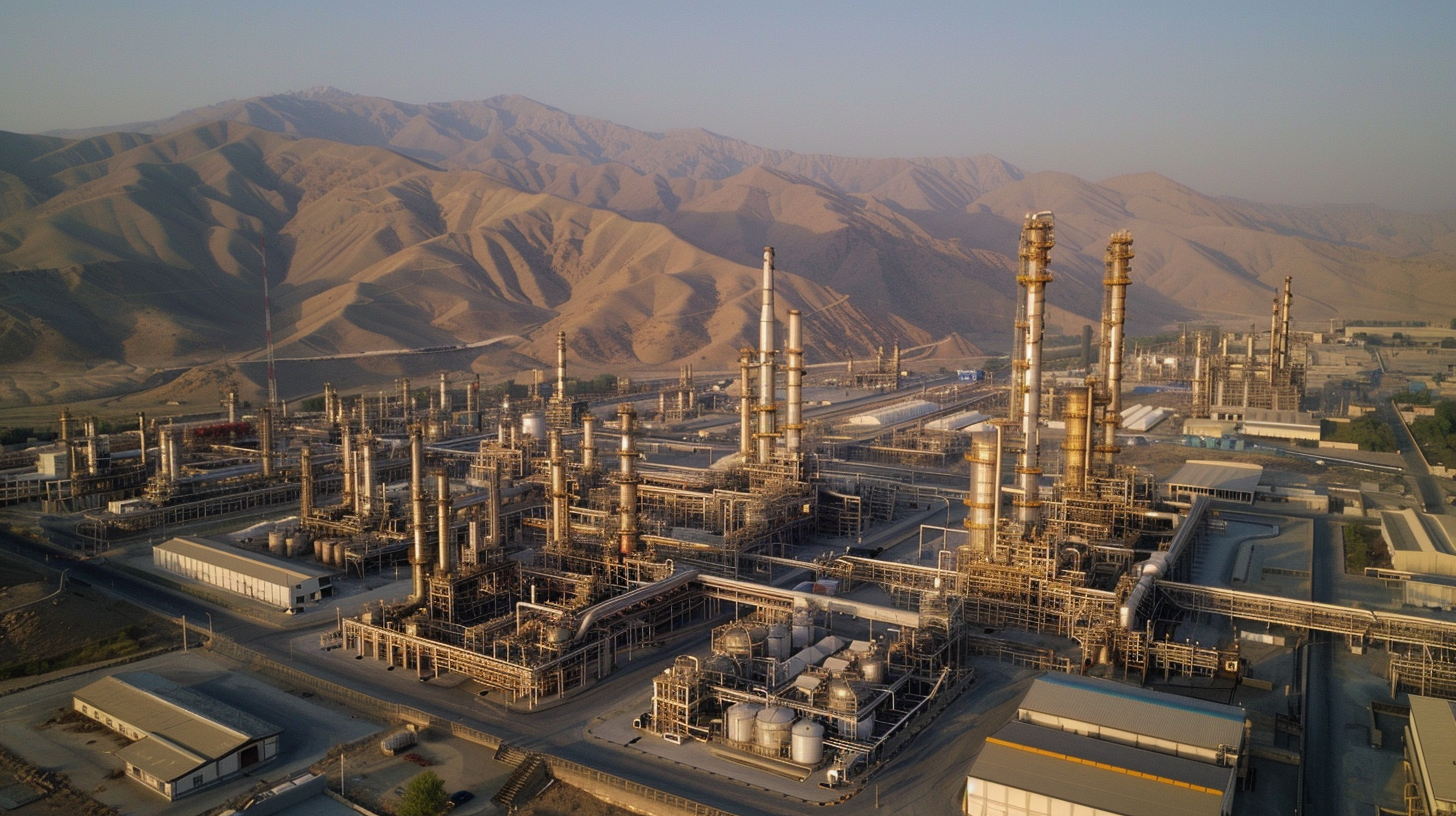| Key Points: – Oil rises on U.S.-Iran tensions and Russia sanctions threat. – OPEC+ holds steady but may boost output in July. – Prices stay volatile amid supply risks and demand concerns |
Oil prices edged higher Wednesday as traders reacted to a flurry of geopolitical developments that could disrupt supplies from two of the world’s key producers: Russia and Iran.
West Texas Intermediate (WTI) crude rose by 1.6%, settling just below $62 a barrel. The gains came as U.S. President Donald Trump warned that Russian President Vladimir Putin was “playing with fire” following a recent escalation of attacks in Ukraine. The remarks have fueled speculation that Washington could impose fresh sanctions on Russia’s energy sector — a move that would likely reduce Russian oil exports and tighten global supply.
Earlier this year, similar sanctions helped push crude prices above $80 per barrel before prices retreated amid growing fears of oversupply and global economic uncertainty. Although talks between Russia and Ukraine are scheduled to resume in Istanbul on June 2, markets remain on edge over the potential fallout of continued conflict.
Adding to the market tension is mounting uncertainty over Iran’s nuclear program. According to The New York Times, Israeli Prime Minister Benjamin Netanyahu has threatened military action that could target Tehran’s nuclear infrastructure, potentially derailing ongoing negotiations between Iran and the United States. A breakdown in talks could further hinder Iran’s ability to export oil, tightening the global supply picture.
Still, market optimism is tempered by bearish pressures, particularly around the role of the OPEC+ alliance. On Wednesday, the group ratified its existing production quotas through the end of next year, even as eight key member countries prepare for another round of discussions this weekend. Insiders say some members are pushing for a third consecutive monthly production hike starting in July.
“The early confirmation of quotas puts added pressure on this weekend’s decision,” said Robert Yawger, director of energy futures at Mizuho Securities USA. “The market is essentially at the mercy of OPEC on Saturday.”
Rising output from OPEC+ — particularly from members reviving previously idled capacity — has stoked concerns about oversupply. Some segments of the Brent futures curve have flipped into contango, a market condition where future prices are higher than current prices, signaling a supply glut.
Despite the recent uptick, oil prices have trended downward since mid-January, weighed down by global trade tensions, including sweeping tariffs introduced by the Trump administration and retaliatory measures from affected countries. These trade frictions have stoked fears of slower economic growth and weaker demand for fuel.
However, with tentative signs of easing trade disputes and renewed geopolitical risk in oil-producing regions, analysts say the next few weeks will be crucial in determining the market’s direction.
“Oil is being pulled in opposite directions,” said one market strategist. “If sanctions tighten and diplomacy falters, prices could surge. But if OPEC turns on the taps and global growth stalls, we could be looking at a very different scenario.”
